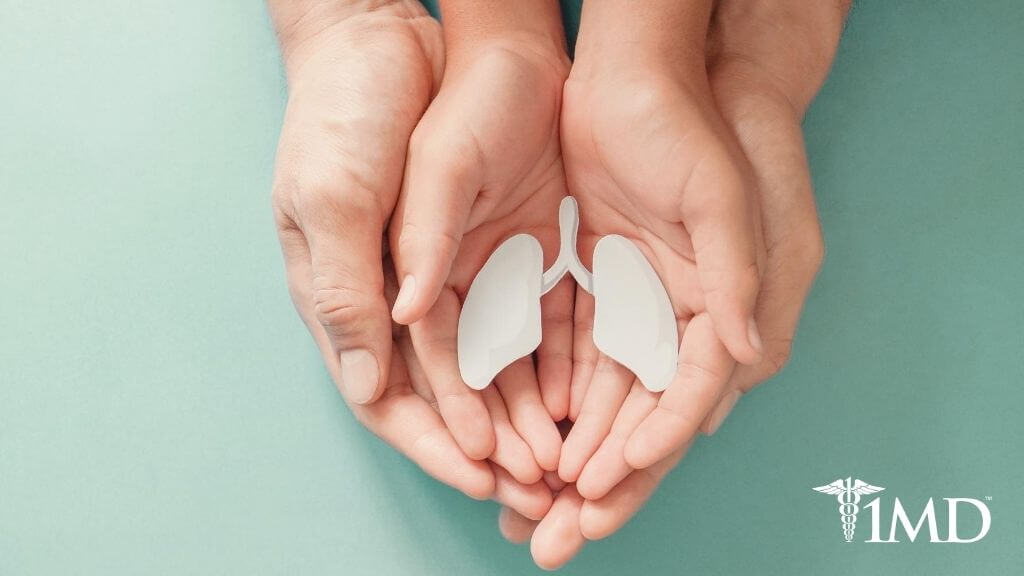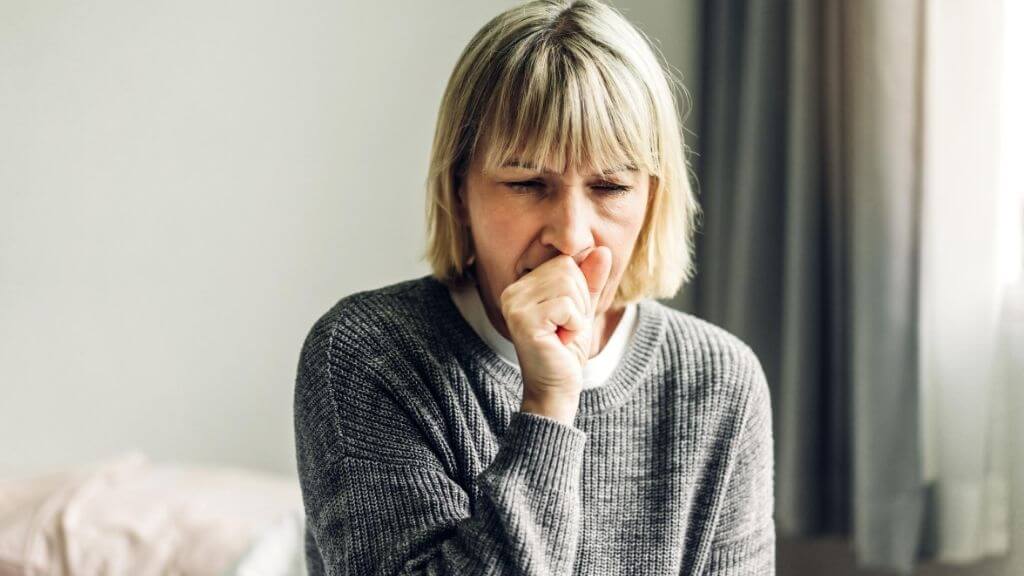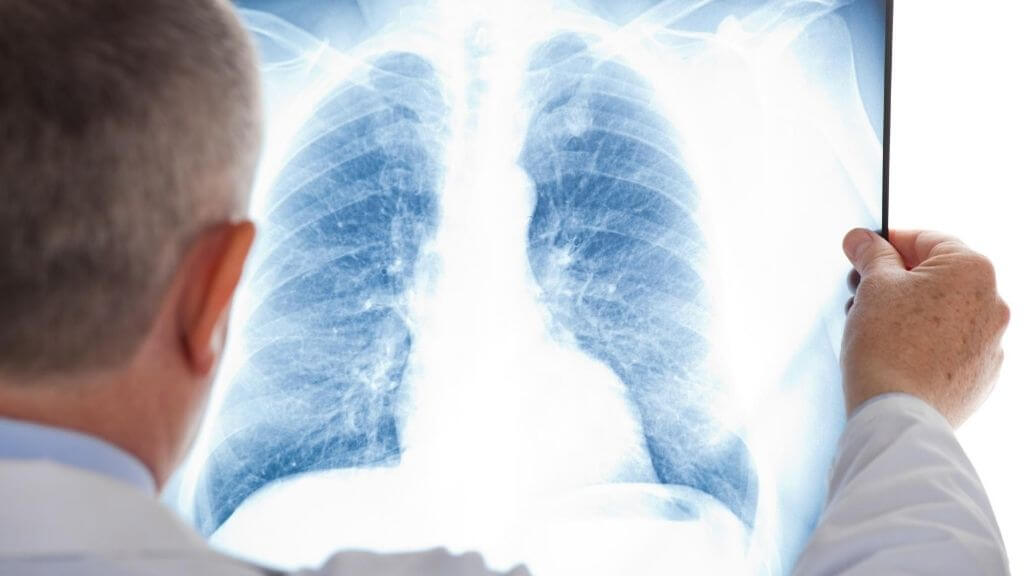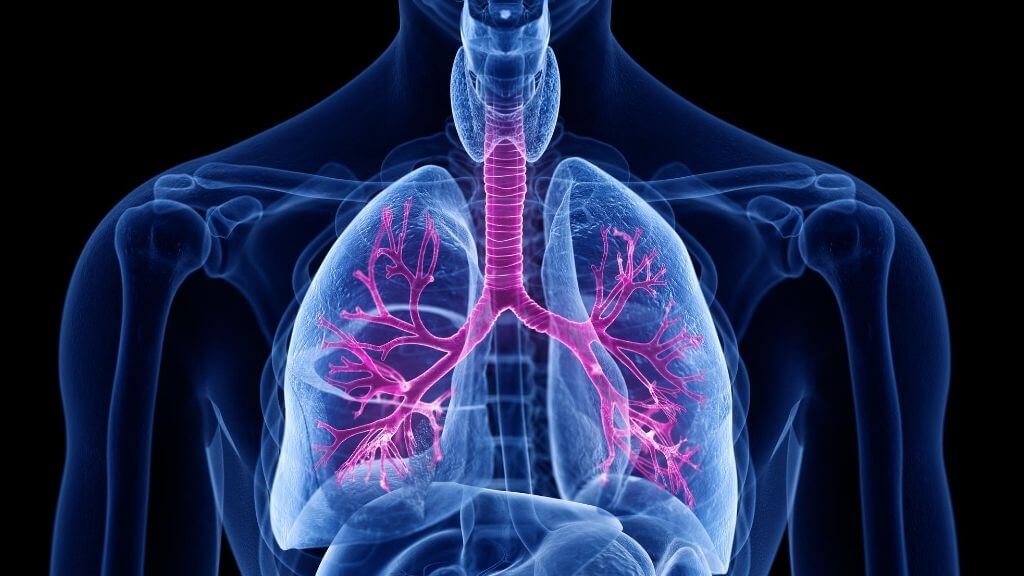12 Subtle Signs for How to Tell if Your Lungs Are Not Healthy
7 minute read
Lung disease is a broad term that covers several conditions that affect your lungs. Asthma, COPD, pneumonia, and pulmonary fibrosis are just a few examples of the problems that can impact your lungs.
While some are more serious than others, there are ways to effectively treat these conditions and prevent further damage to your lungs. You just need to know what to look for.
Spotting Signs of Lung Trouble
Identifying lung issues is the key to effectively treating any lung disease. Identifying problems sooner rather than later is always best, but especially when concerning your lungs and other vital organs.
Unfortunately, when it comes to your lungs, signs of trouble may not be as obvious as you might think. There are several silent signs that you need to watch out for.
1. Shortness of Breath
Colds and the flu can do a number on you, but if your lungs are already compromised, these common ailments can turn more serious. Bacterial pneumonia or bronchitis can develop, and immediate medical attention will be needed.
If you notice that a cold is lingering a little longer than usual, it may be worth getting your lungs checked for any underlying problems.
2. Chronic Cough
Coughing comes with those pesky cold and flu viruses you catch every once in a while, although there are ways to help prevent catching them. However, if the cough persists, gets worse, and keeps you up at night, the condition may be a little more serious.

Nocturnal coughing fits trigger asthma attacks and could be a sign of pneumonia, so don’t brush them off so easily.
3. Wheezing
Wheezing can be a sign of asthma as well as the more serious condition, COPD. In older adults, wheezing is triggered by chronic sinusitis and if not treated, more serious lung diseases can develop.
You can identify wheezing on your own, but it is always best to have a doctor check too, so they can better identify the source. Accurate detection will ensure you get the most efficient treatment plan.
4. Coughing Up Blood
This is one of the more obvious signs that you have something wrong with your lungs. There could be a few different reasons that you are coughing up blood, but it could be a sign of lung cancer too.
Should you notice blood or even strangely colored mucus, you need to see your doctor as soon as possible.
5. Swelling or Pain in One Leg
You may not think that pain in your leg is linked to lung disease, but it could be a sign of deep vein thrombosis. A blood clot in your leg can break free and travel to your lung. The result is a pulmonary embolism, where blood and oxygen flow are blocked.

You may also notice shortness of breath and pains in your chest along with the pain in your leg, and you should seek medical attention right away.
6. Shoulder Pain
If you notice shoulder pain without recent injury or strain and the aches last for weeks, then you could have lung disease. Certain types of lung tumors can pinch nerves that supply your shoulder, and this is one of the earliest signs of lung cancer.
This is an especially important sign to watch for if you are a smoker and at higher risk for lung cancer.
7. Avoiding the Stairs
If normal activities, like climbing the stairs leave you labored and short of breath, there may be something wrong with your lungs. This is especially worrisome if these activities never caused this before.
COPD commonly causes labored breathing during daily activities and can be fatal if not treated, so take note should you start avoiding stairs and opt for elevators.
8. Unexpected Weight Loss
When your body is unable to work efficiently, it can cause unexpected weight loss. Sudden dropped pounds in this case are not something to celebrate. Lung diseases like COPD interfere with circulation, which causes decreased body function since muscles have to work harder.
Weight loss alone does not indicate lung disease, but if paired with any other symptoms discussed, then it should be addressed.

9. Voice Changes
You may not always be able to notice if your voice changes, but others can. Pay attention to someone telling you that you sound different. While a cold or hoarseness can change your voice, so can lung disease.
With COPD, you cannot hold as much air in your lungs anymore, and this can change your voice or cause trouble getting words out. Better to get it checked out sooner rather than later.
10. Blue Fingernails
Lung diseases like COPD can interfere with circulation and oxygen distribution around your body. Cyanosis is a symptom of body parts not getting enough oxygen, so pay attention to your lips, fingernails, and skin.
A blue or grayish tint to these areas can indicate lung disease and may be subtle at first but will get progressively worse as the disease develops.
11. Fatigued
Being tired can be remedied by a few good nights of sleep. When you are fatigued, no amount of sleep will fix it.
| Related: Is Your Fatigue Being Caused by GERD? |
Constant fatigue can be a sign of several diseases, including lung disease. Decreased lung function interferes with your body’s ability to perform efficiently and drains you of energy.
If your fatigue presents itself along with other signs of a lung condition, be sure to get to you doctor.
12. No Symptoms at All
This is not meant to alarm you, but just to advise a certain level of vigilance. Lung cancer can be sneaky and often is present without symptoms.

In fact, a large number of lung cancer cases are found by accident. Lung cancer can be life-threatening, so early detection is important. If you are at risk for lung cancer, be sure to get regular checkups.
The Bottom Line
Sometimes your lungs could just be affected by the common cold or flu, but other times it could be a more serious condition. The symptoms of lung disease can be obvious or subtle, so it is important to know what to look for.
Most lung diseases can be treated, so don’t ignore the warning signs. Stay alert to changes in your breathing, pains in your chest, and any of the signs above to make sure you stay ahead of a more serious disease.












